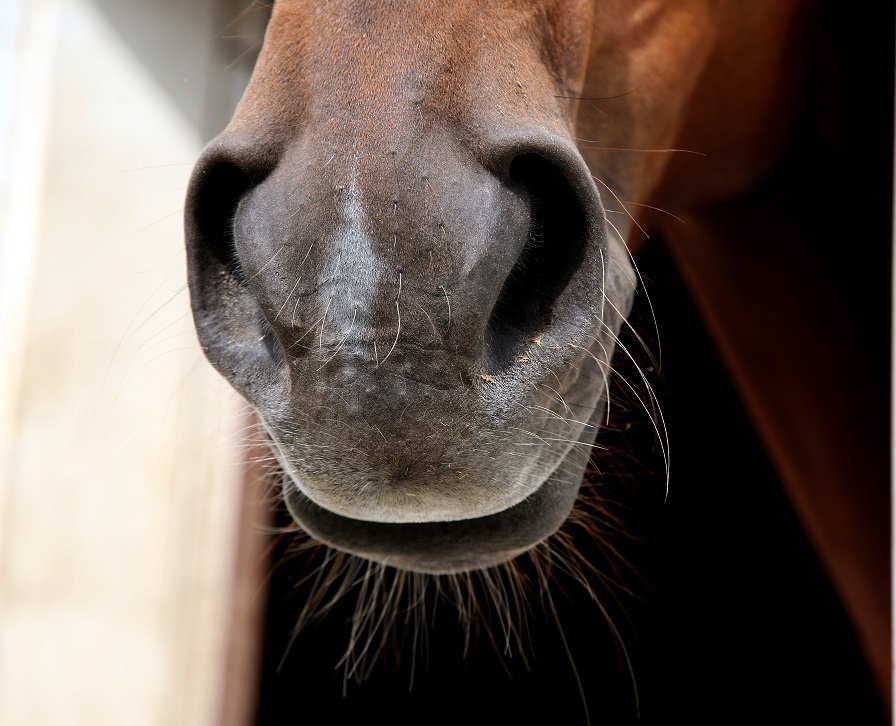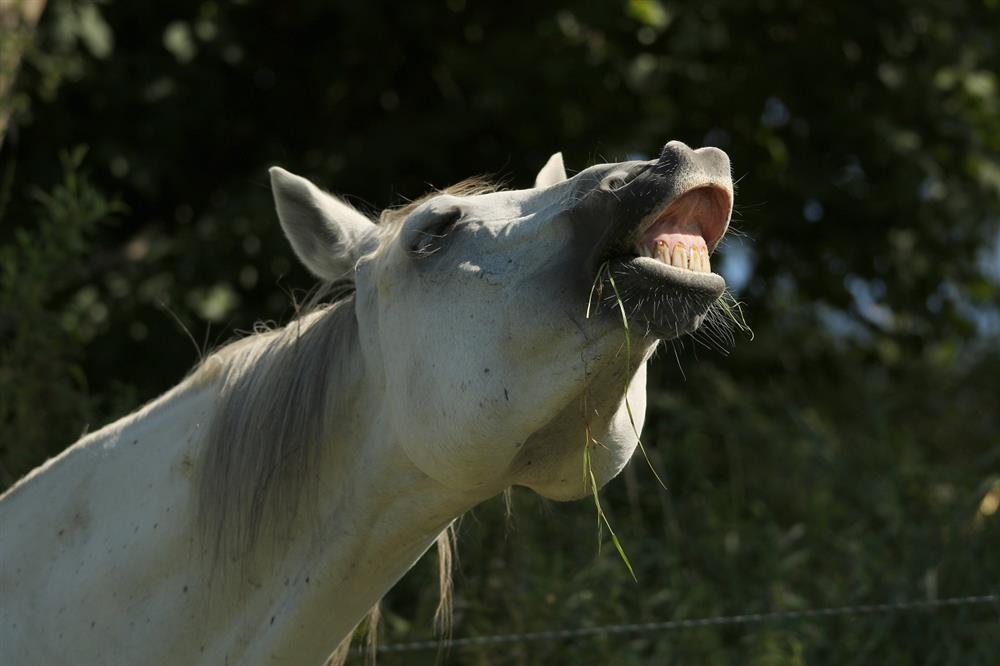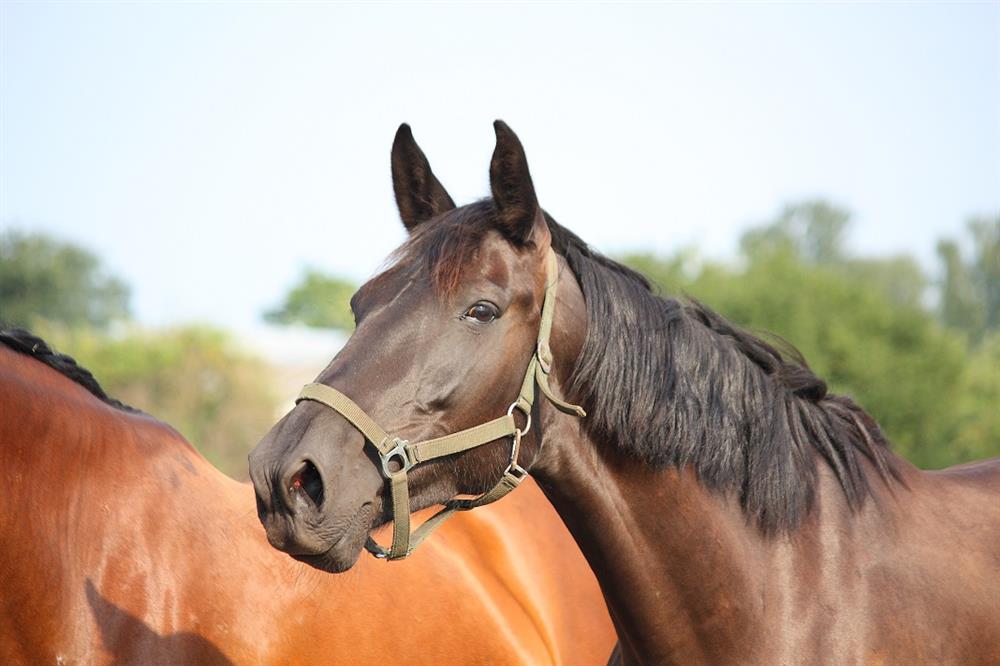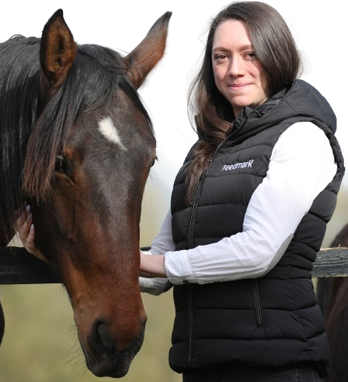The equine respiratory tract is a delicate system that can be aggravated by even the slightest of changes. Therefore, it is important to understand its anatomy so we know how best to support it.

A GUIDE TO YOUR HORSE’S RESPIRATORY TRACT
Unlike us, the horse cannot breathe through its mouth, so the respiratory tract actually starts at the nostrils. Above each nostril sits a false nostril which is responsible for removing any large debris from the air. The inside of the nostrils are also filled with tiny hairs which help remove smaller debris. Between each nostril sits a nasal septum to separate them, this leads all the way down to the larynx.
The horse has olfactory receptors at the back of the nostrils. These nerve endings detect signals which go through to the brain, allowing your horse to smell! The vomeronasal organ is also involved in the process of smell. Most noticeable when the horse performs the flehmen response.

Heading towards the base of the horse’s nasal passage, you will find the hard palate, pharynx and then the soft palette, which are responsible for acting as a barrier between the nasal passage and the mouth. The epiglottis is also a part of this process; it is a fold of cartilage which sits at the base of the tongue and moves when the horse swallows to prevent food and water from reaching lungs.
After the pharynx lies the larynx. This area is commonly known as the voice box! It is made up of cartilage and splits into the trachea (for breathing) and the oesophagus (for eating). The trachea is the bit that we are interested in!
The trachea is also known as the windpipe, it allows air to reach the lungs. The structure of the trachea is held in place by hard, cartilage rings, the trachea is lined by small cells which are coated in small hairs which move any unwanted substances such as liquid, debris or mucous up to the pharynx.

Next up are the lungs! The trachea spits into two bronchi, one for each lung. These divide further once inside the lungs and get narrower and narrower until they become the bronchioles which then lead onto the alveoli. Alveoli are tinny balls with thin linings which allow oxygen to pass through into the blood stream. Around the alveoli sit a vast number of capillaries, transporting blood to and from the lungs.
For any advice or questions you may have, please don't hestiate to reach out to our expert nutrition team. You can call 0800 585525 Monday-Friday 8:30am-5:00pm. Email [email protected], or send us a DM on social media.

